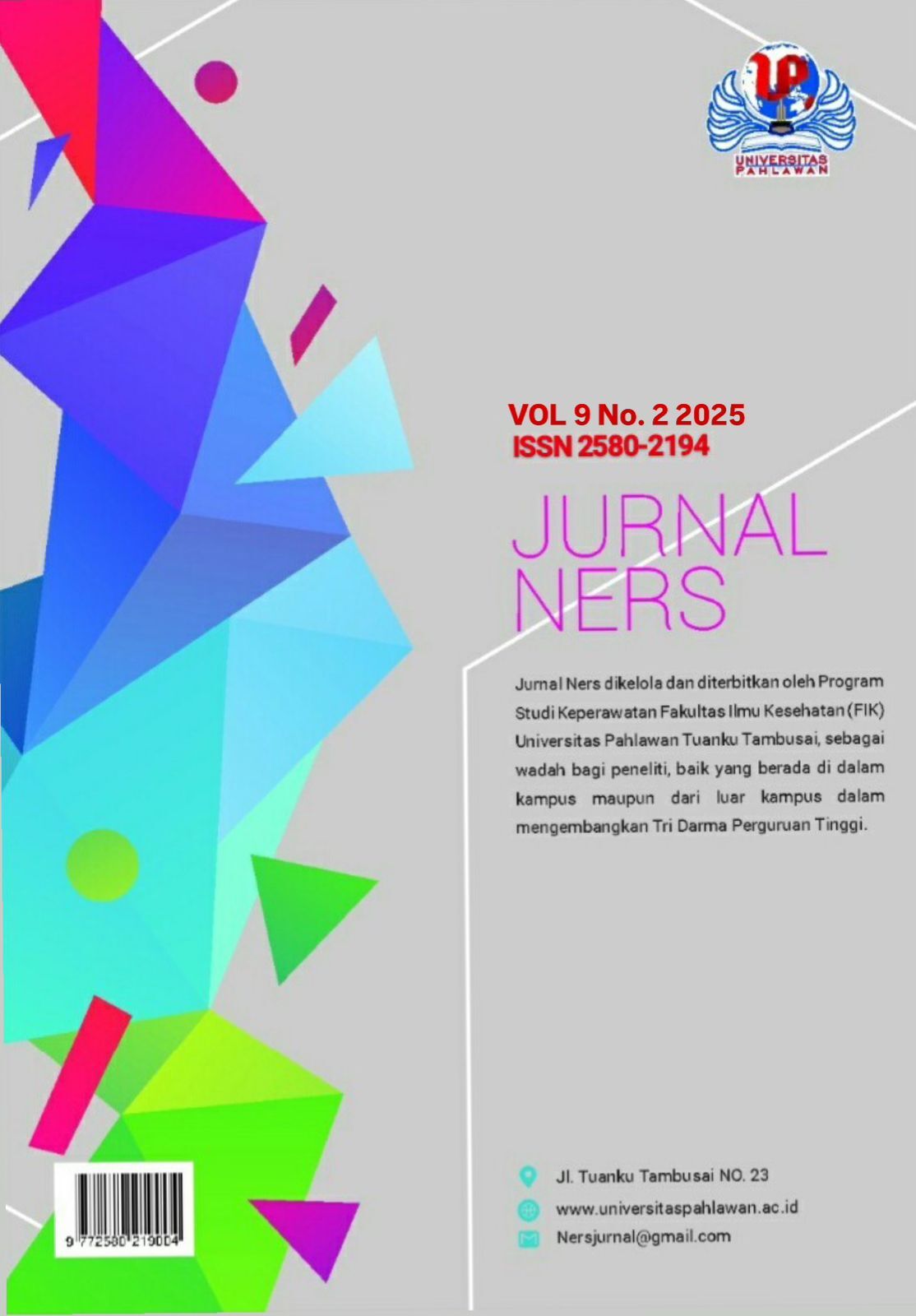Metode Social Story dan Positive Reinforcement untuk Mengurangi Perilaku Tantrum pada Anak dengan Autisme
DOI:
https://doi.org/10.31004/jn.v9i2.40979Abstract
Tantrum behavior is one of the observable impacts in children with autism spectrum disorders. Previous studies have shown various benefits of implementing the social story method in children with autism spectrum disorders. The purpose of this study was to determine the benefits of the social story method when combined with positive reinforcement to reduce tantrum behavior in children with autism spectrum disorders. This study was a single case study with an A-B-A-B research design. The subject in this study was one kindergarten student and had been diagnosed with autism spectrum disorder from the results of the CARS Test or Childhood Autism Rating Scale. The results of this study indicate that the social story method combined with positive reinforcement is effective in reducing the frequency of tantrum behavior in the subject.Downloads
Published
2025-02-06
How to Cite
Apriresti, F. R., & Sosialita, T. D. (2025). Metode Social Story dan Positive Reinforcement untuk Mengurangi Perilaku Tantrum pada Anak dengan Autisme. Jurnal Ners, 9(2), 1319–1328. https://doi.org/10.31004/jn.v9i2.40979
Issue
Section
Articles
License
Copyright (c) 2025 Jurnal Ners

This work is licensed under a Creative Commons Attribution-ShareAlike 4.0 International License.
Authors who publish with this journal agree to the following terms: Authors retain copyright and grant the journal right of first publication with the work simultaneously licensed under a Creative Commons Attribution-ShareAlike 4.0 International License that allows others to share the work with an acknowledgement of the works authorship and initial publication in this journal. Authors are able to enter into separate, additional contractual arrangements for the non-exclusive distribution of the journals published version of the work (e.g., post it to an institutional repository or publish it in a book), with an acknowledgement of its initial publication in this journal. Authors are permitted and encouraged to post their work online (e.g., in institutional repositories or on their website) prior to and during the submission process, as it can lead to productive exchanges, as well as earlier and greater citation of published work (See The Effect of Open Access).








